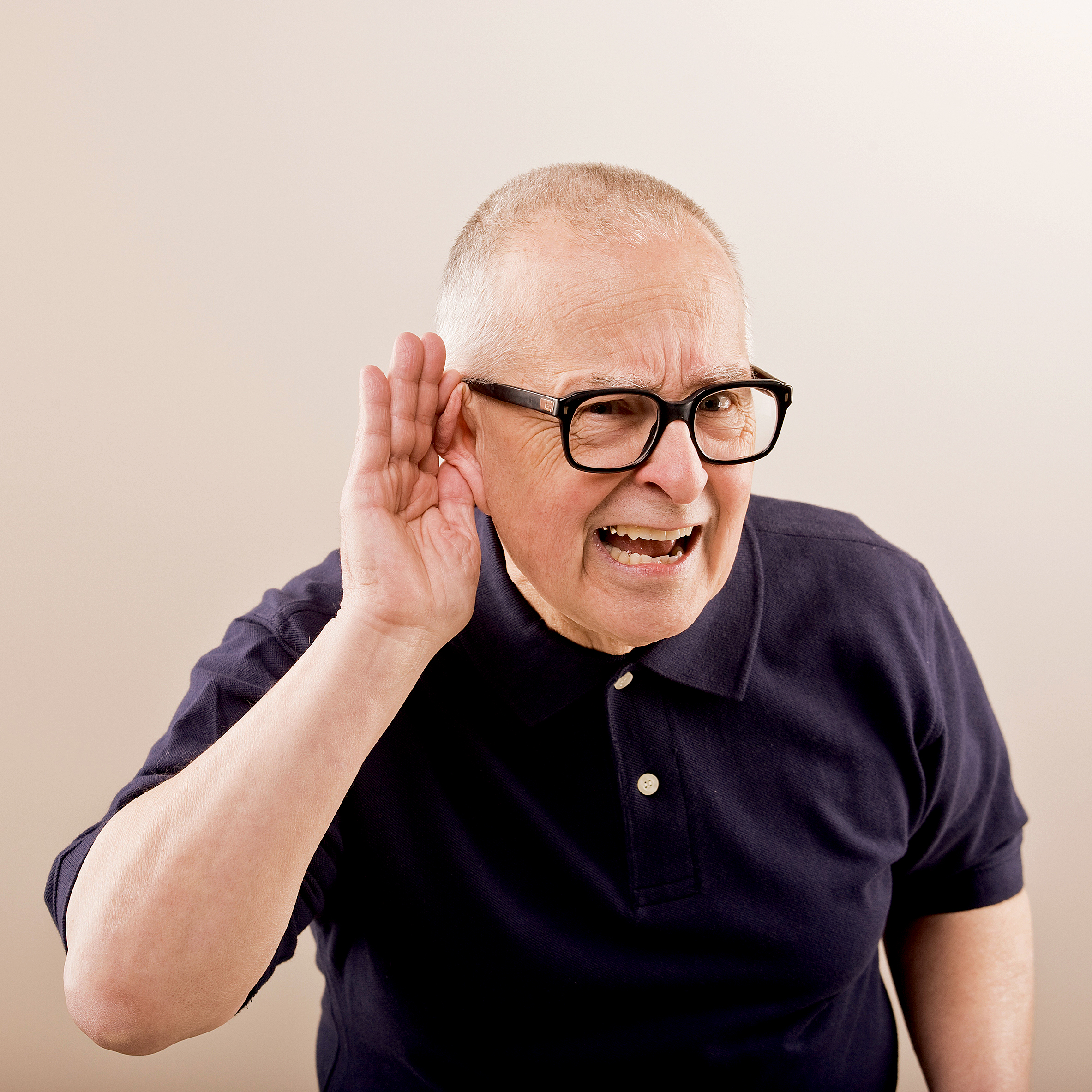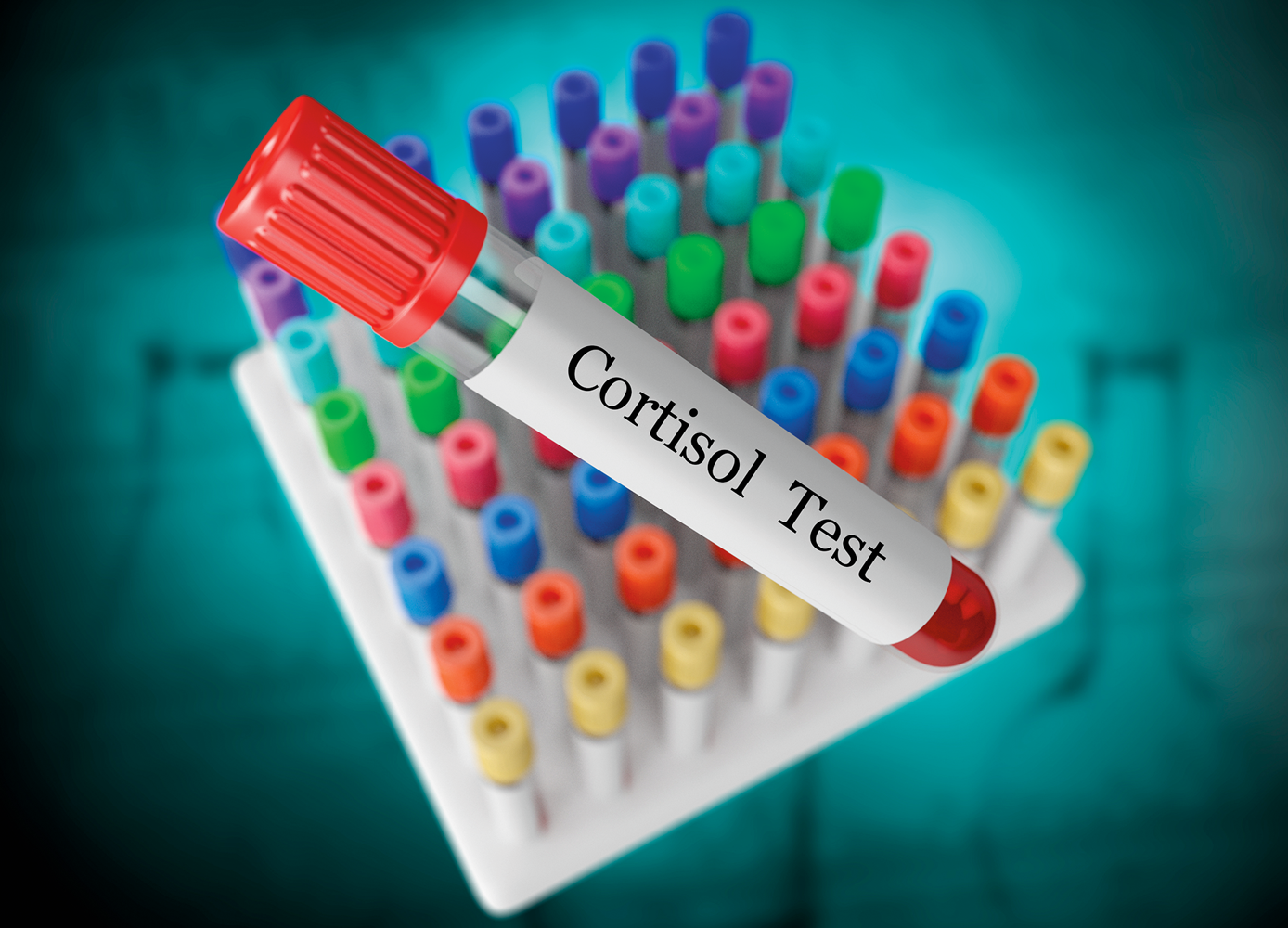A new feature in Good Times magazine is “Your Health Questions,” in which we find experts to answers questions submitted by our readers about health, nutrition and well-being
By Wendy Haaf
Photo: iStock/AVAVA
Q. I seem to lose hearing in one ear or the other (or both) in the spring and the fall, as if the change of season increases the production of earwax. Someone told me that people over 50 should be putting drops of mineral oil into their ears every night to ward off such problems. Is such maintenance necessary? What should I be doing to keep my ears in top shape?
A. Produced by glands in the outer third of the ear canal, cerumen, as earwax is medically known, helps protect the eardrum from water, dirt, and debris, and prevents the delicate skin from drying out. “Basically, it moisturizes the skin and prevents itching,” explains Jocelyn Poernbacher, an audiologist with Helix Hearing Care Centre at St. Joseph’s Health Care in London, ON. (Audiologists are health professionals who are trained to assess and treat hearing disorders.)
Most of the time, earwax gradually works its way out of the canal—a process that’s thought to be aided by the movement of the jaw during both speaking and chewing. “The ears self-clean,” explains Marilyn Reed, the professional practice leader for audiology at Baycrest Health Sciences in Toronto. However, she says, “In some cases, as you get older, the wax can dry out, so it doesn’t move as easily.” Consequently, the canal can become tightly packed with wax, eventually blocking up entirely. And indeed, by retirement age, this situation—called cerumen impaction—is common: one 1990 study found it affected 35% of hospitalized patients 65 or older.
Since you have a history of having this happen on a regular basis, yes, you might want to talk with your doctor about taking measures to keep the cerumen soft—which is not to say that’s not the case for someone over 50 who’s never had such a problem in the past. It’s also worth checking with your doctor before going the do-it-yourself route for the first time, to rule out any possible contraindications.
As for what to use to soften the wax, and how often, recommendations vary from one health professional to the next. (However, it may be best to avoid olive oil, which, in one study, appeared to promote cerumen accumulation and occlusion.) Poernbacher, for instance, suggests a 50/50 mixture of mineral oil and regular vinegar, while Reed typically recommends plain mineral oil, with one or two drops per ear at bedtime, anywhere from a few times a week to every other night. (You can lightly place a cotton ball in the ear to keep the fluid from escaping.) Even if the blockage doesn’t clear on its own, this will make removal of the wax by a health professional (such as your family physician, nurse practitioner, or audiologist) easier and more comfortable.
At most, that’s all you need to do to keep your ear canals reasonably clear. (Remember, “You don’t want your ears to be too clean,” Poernbacher emphasizes.) Definite don’ts include putting cotton swabs in your ear—this pushes wax in further and risks perforating the eardrum)—and using ear candles (which pose a risk for burns). Otherwise, “If you have any concerns about how to take care of your ears,” Reed says, “speak with your hearing care professional.”
For more information, visit the “Patient Health” pages at entnet.org.






